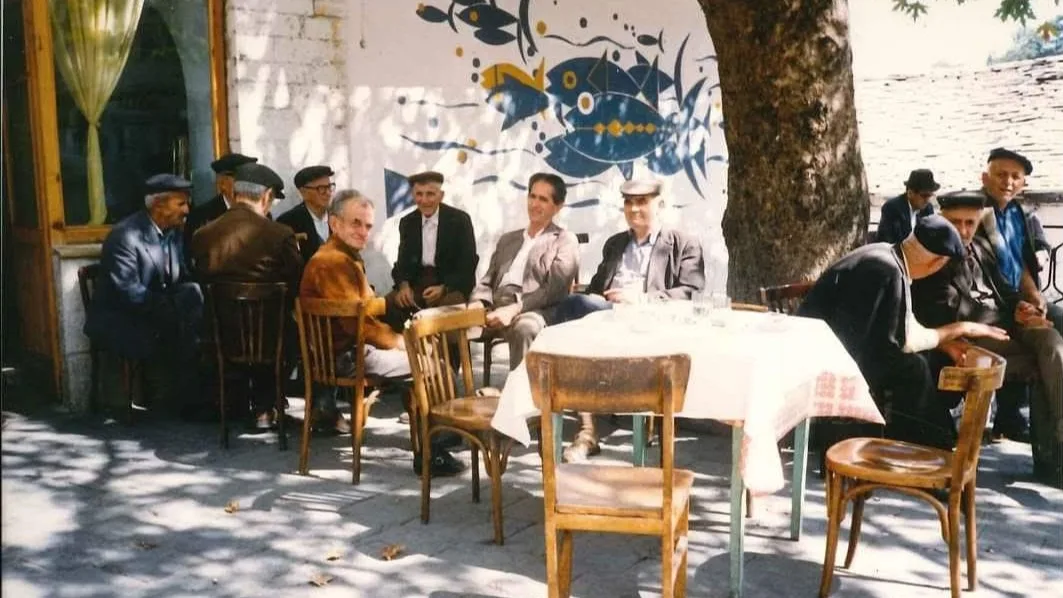By Con Vaitsas
It’s exactly 35 years ago to the week in 1990 when I first visited what I still describe as the most bizarre country I’ve ever been, Albania.
This country was virtually unknown to the outside world back then as very few were allowed to visit and if they did it was under strict surveillance with an Albanian tour guide who in reality kept an eye on everyone to ensure they did not mix with the local people and spread what they deemed western propaganda. So every hour of your stay was highly organised, giving you little time to explore places on your own.
It was a country which had less than 2,000 cars in the country and only six sets of traffic lights. Instead of cars, many had a horse and cart to transport goods.

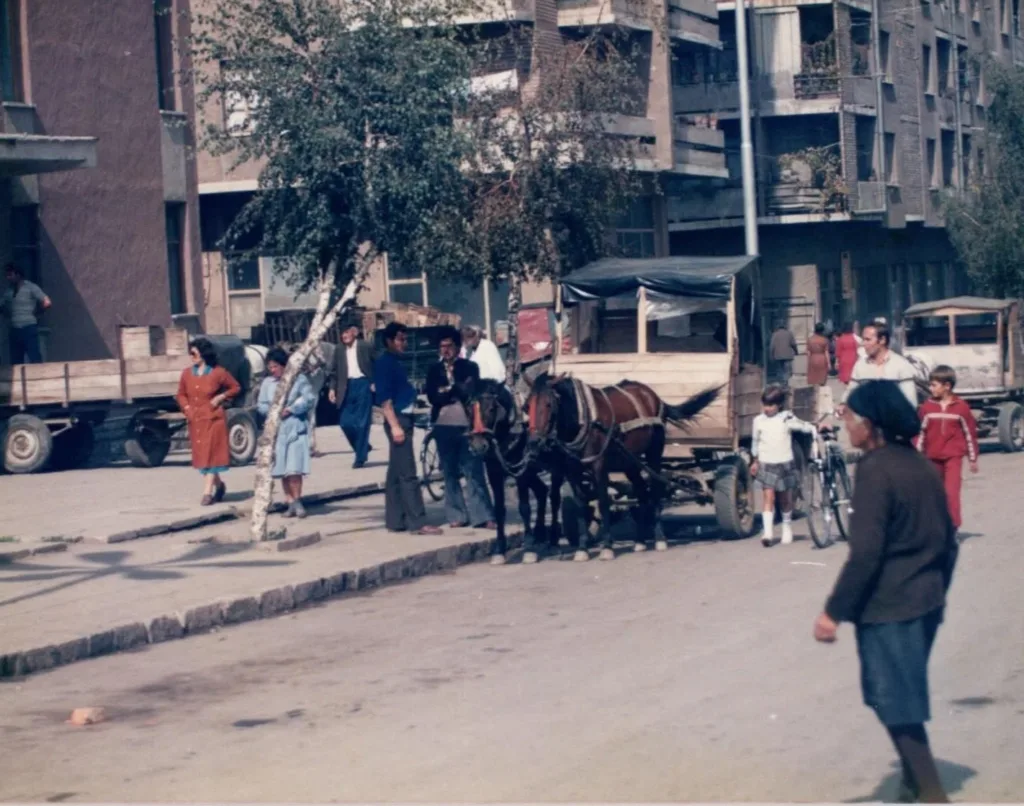
It was estimated that 1 in 3 people were informers to the ‘sigurimi,’ the nation’s dreaded communist era secret police force. Although everyone knew about North Korea as a hardline communist country, very few knew about Albania.
Thousands were falsely accused of being traitors to the state and either executed or sent to distant prisons away from their families.
No matter what town I visited there was always a statue of Stalin in every main square.
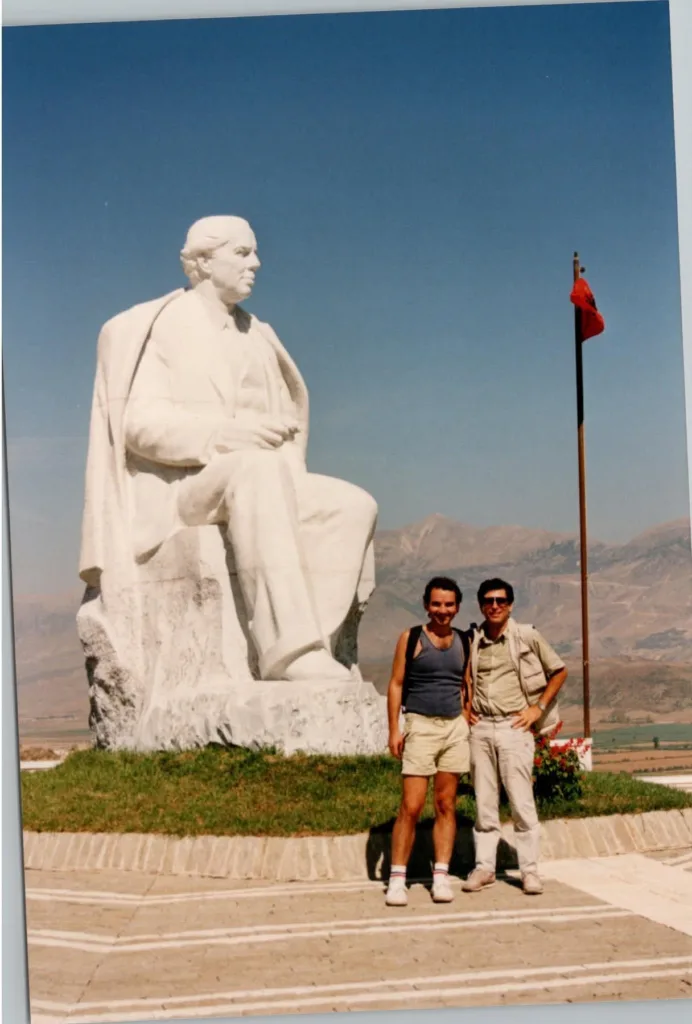
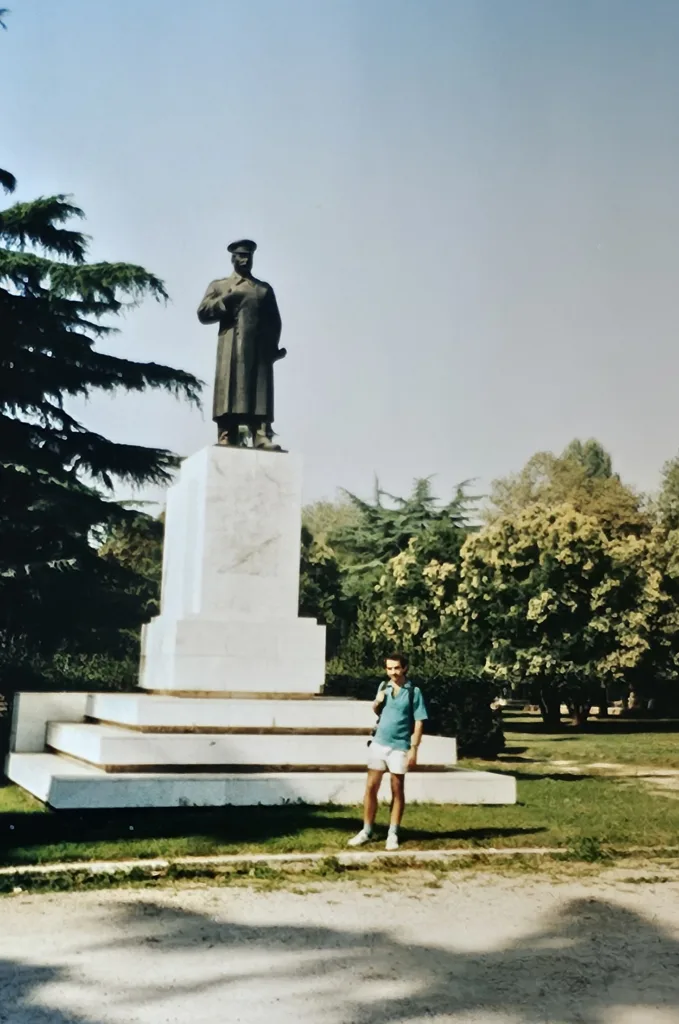
In October 1990, I got my chance to visit Albania, intrigued to know what it was like as we never heard news about it. It stood as a mystery. I joined a bus trip organised from Athens by soccer fans to go and watch a Greek team play an Albanian side.
Our first encounter with Albanian authorities was at the Greek-Albanian border where they checked thoroughly our bags making sure there were no western propaganda reading material and religious items, after all Albania was the only country in the world that had banned religion outright and declared itself an atheist state.
The first stopover was at Agio Saranda – a small town on the southern coast of Albania and less than a 30 minute ferry ride from Corfu.


My room mate during the trip was an American doing ‘research’ on Albania and the Balkans in the hope of writing a book about it. He eventually did called “Balkan Ghosts”.
During my first morning in Saranda, Robert and I walked to the centre of town and entered a cafe just to have a look and the staff could tell straight away by the way we were dressed we weren’t Albanian. Knowing there was a large Greek community there, I asked in Greek if they spoke it and yes they did.
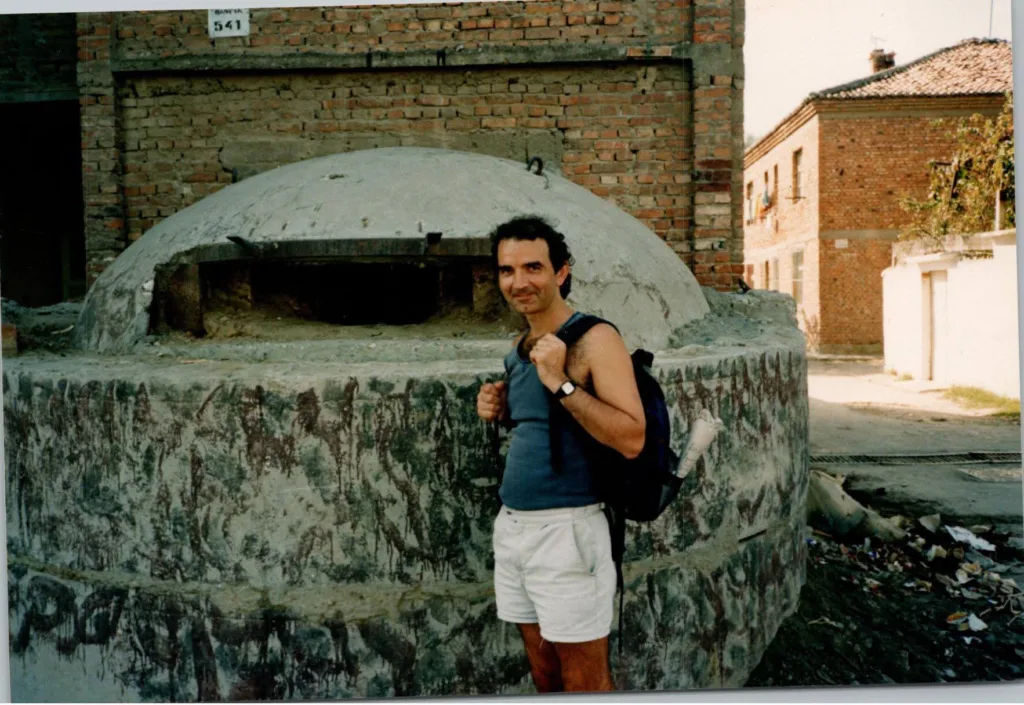
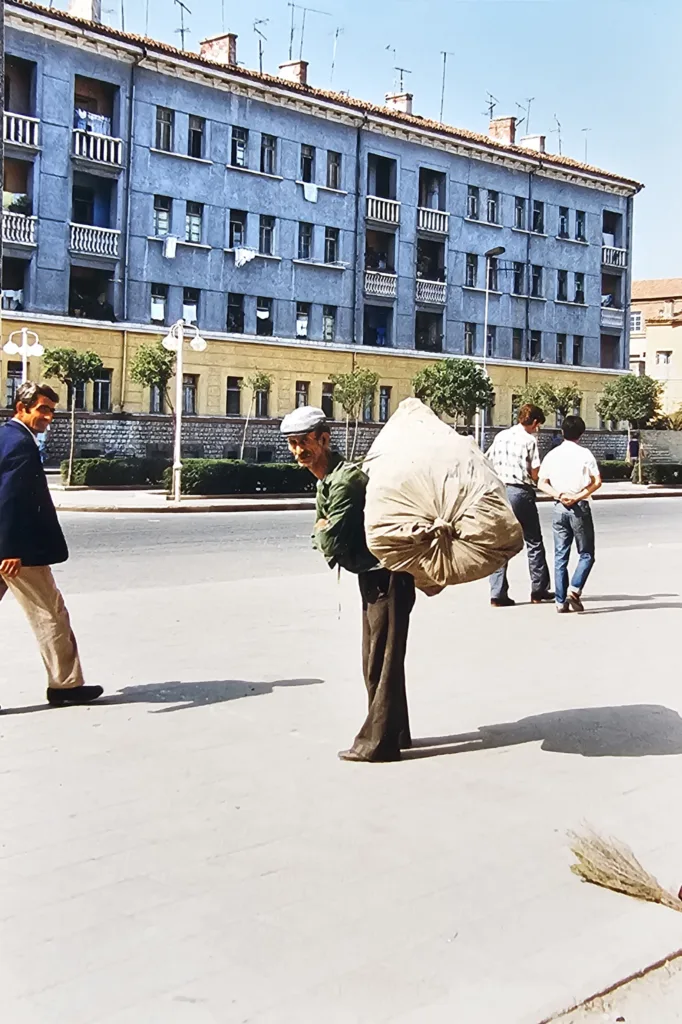

When I told them I was from Australia they were surprised as they’d never met anyone from there, immediately wanting to shout us a drink and insisting we not pay. Within minutes we were surrounded by scores of people wanting to ask if I knew some relative who’d left over 40 years ago for Australia. They had no idea of the size of Australia, thinking I might know them. It was a surreal experience.
When I visited Saranda last year (in 2024) the difference was obvious, a complete makeover, the town is inundated with what seems like hundreds of new hotels, apartments blocks, bars, cafes, and restaurants along the main promenade, and thousands of foreign tourists visiting it and its nearby pristine sandy beaches.
Just minutes by car from Saranda is the ancient site of Butrint which has an amphitheatre and other Greek and Roman ruins including a Venetian castle, a highly recommended place to visit.

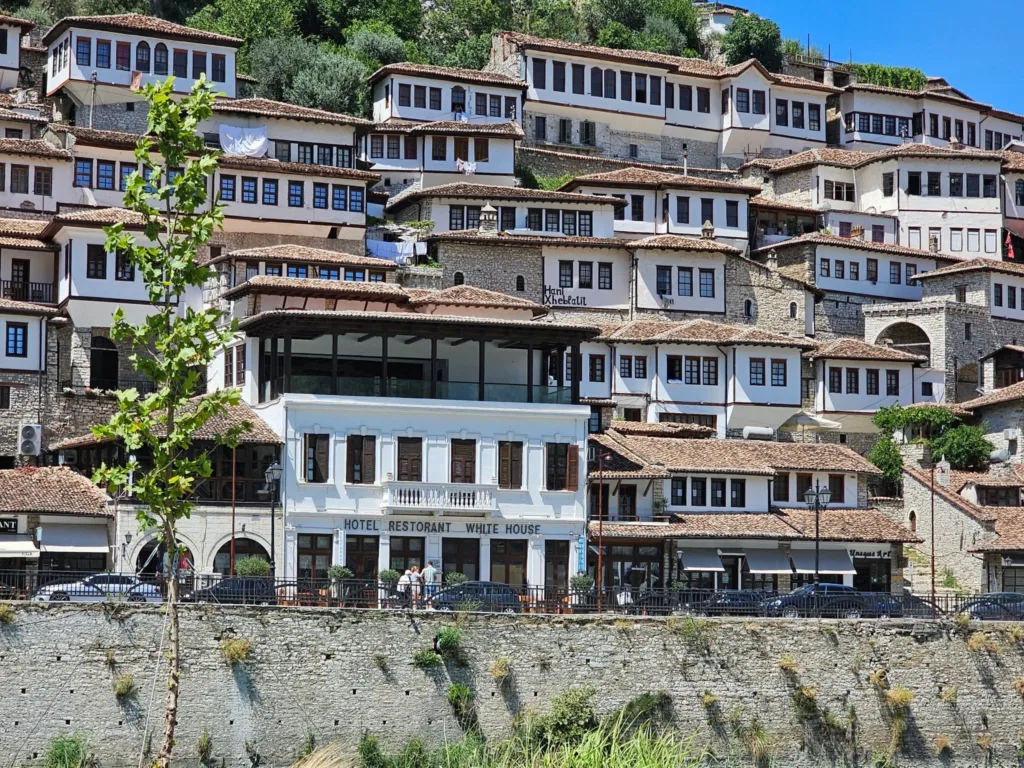
From there we went to Gjirokastra where Albania’s dictator Enver Hoxha was born, the town is a UNESCO World Heritage Site with its Ottoman style stone houses and cobblestone streets and a huge castle overlooking it plus the bridge of Ali Pasha. When I visited in 1990 there was a huge statue of Hoxha that stood several metres high, but when I went there last year it had been removed and a restaurant stands there now.
Along the streets in the old part of town in 1990 there were mostly little shops and businesses catering for the locals including barber shops, cobblers and tailors, but in 2024 those streets are full of souvenir stalls and bars catering for the tourists.
I should mention that wherever you went in 1990, you saw thousands of concrete bunkers throughout Albania that Hoxha had ordered to be built in various sizes so citizens could defend themselves if they were ever invaded. Last year I saw only a few left as a reminder of the past or turned into funky little bars.
One image that struck me on my first visit was of a boy playing along a footpath with a hoop and a long piece of wire around it and trying to wheel it around upright – something kids did in Greece decades earlier.


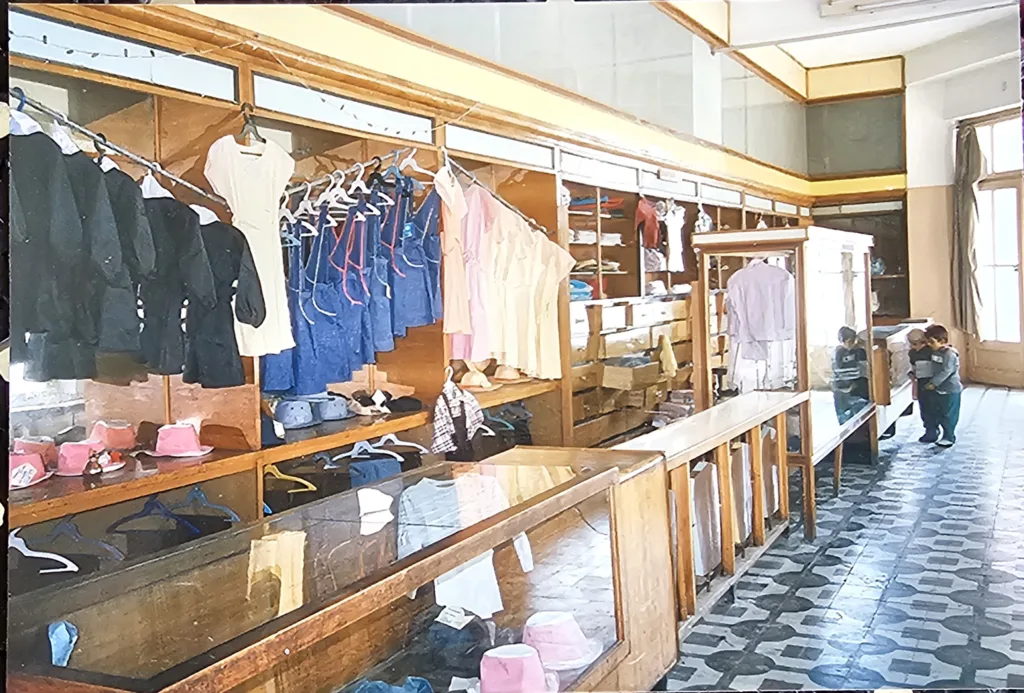
After a couple of days on the guided tour, a few of us decided we’d had enough and “ran off” to travel independently by train to the capital Tirana and meet the rest of the tour there.
We were followed during our journey by what can only be described as an incompetent plain clothes security police officer.
In Tirana, we went to what was the only museum of it’s type in the world – the Museum of Religion where they had things such as icons on walls as though they were figures of art.
The museum is no longer in existence but many churches now exist from what is the largest mosque in the Balkans built by the Saudis to a huge Greek Orthodox church – both in Tirana.
Highly recommended to visit is Apollonia, an ancient town founded by Greeks with wonderful ruins and very few tourists there as it’s not widely known. Next to it is a beautiful 13th century Byzantine church and monastery.

The difference between my 1990 and 2024 visits were like night and day.
If you have time take a quick visit to Albania, you won’t regret it.
